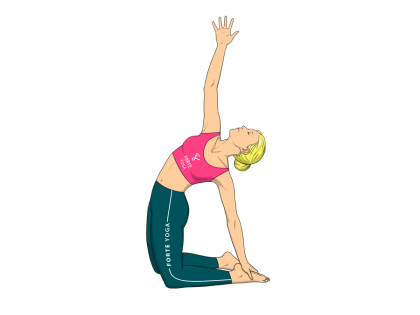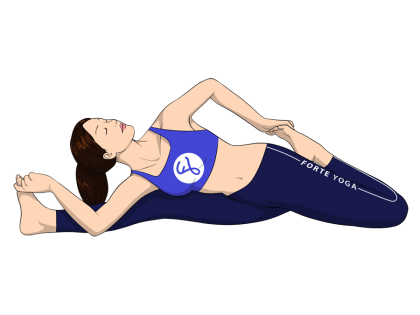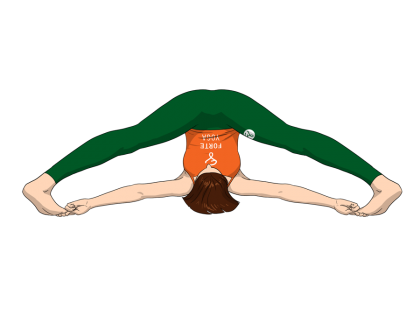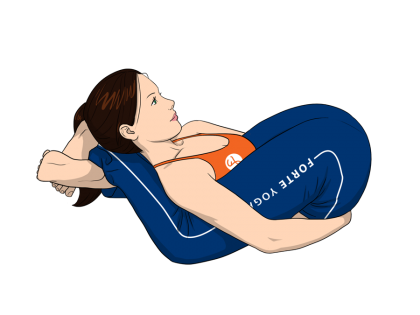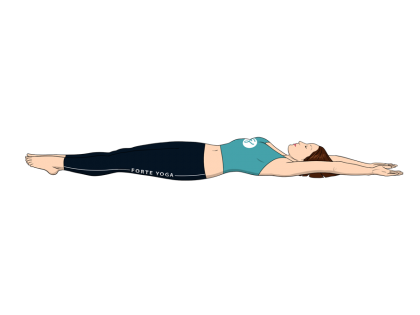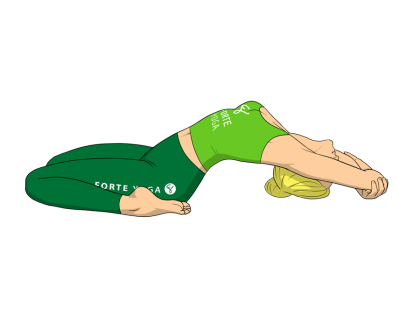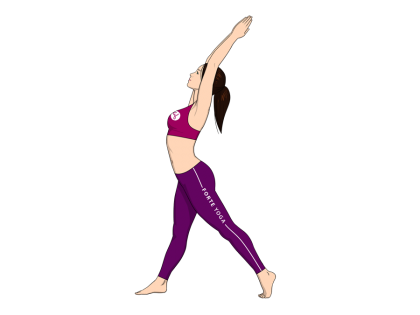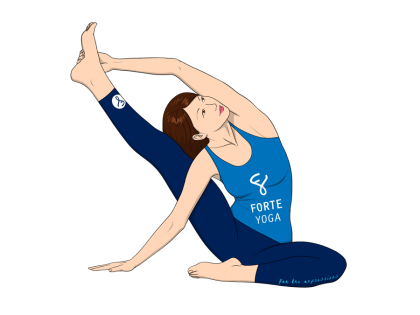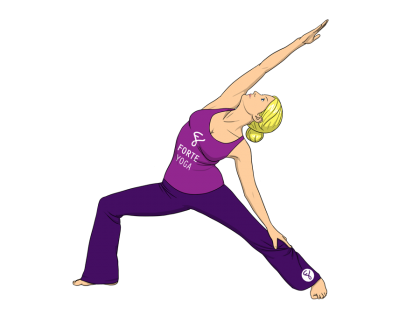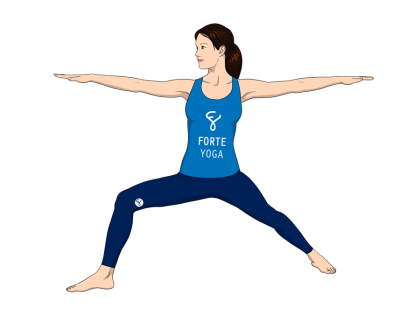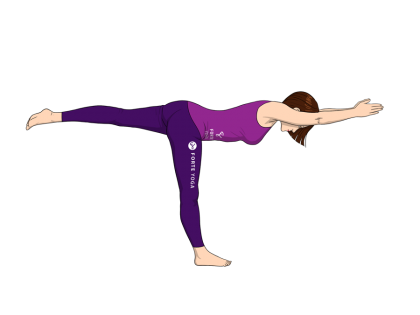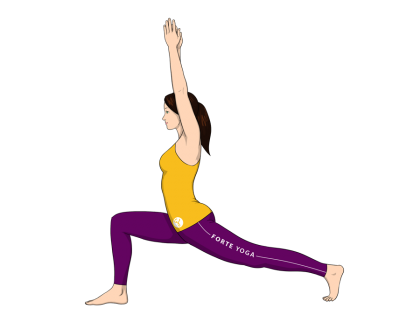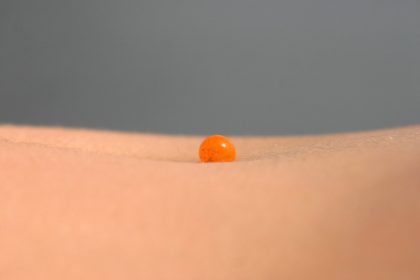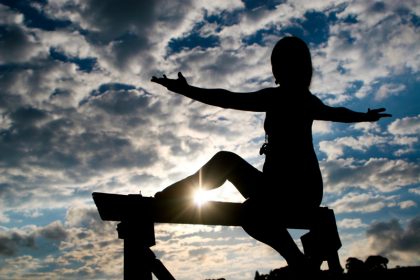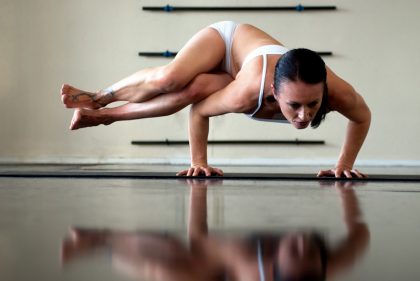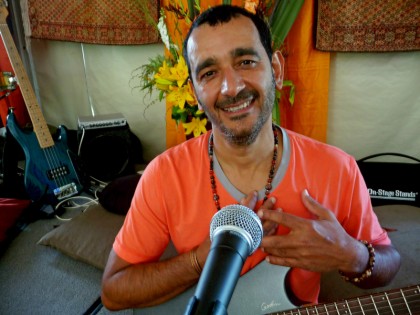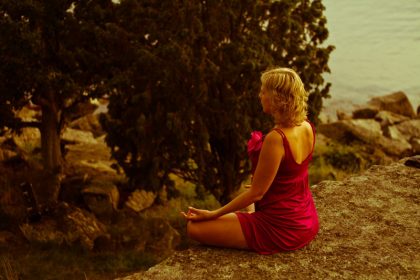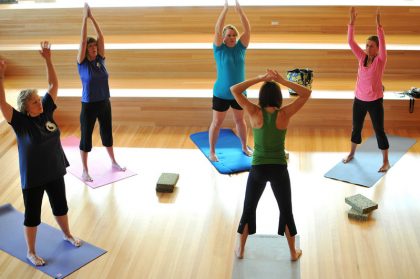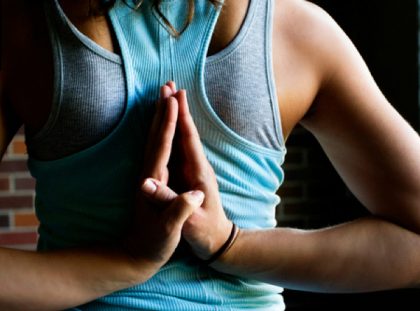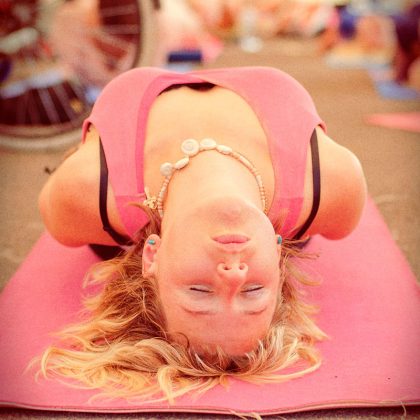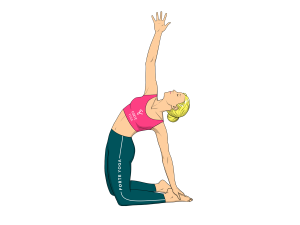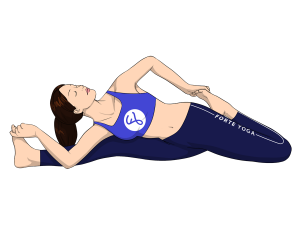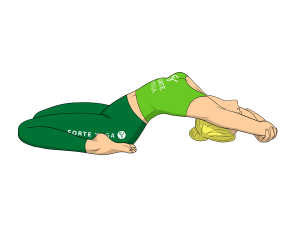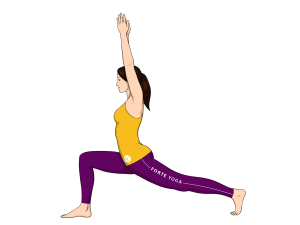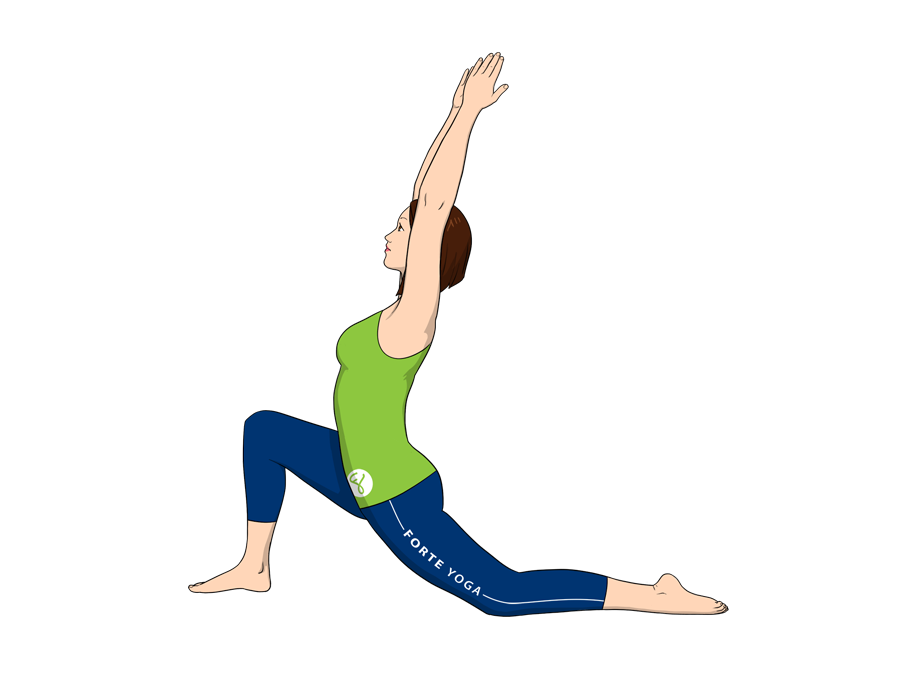
overview
Low Lunge Yoga Pose is a standing pose that targets the hamstrings and quads and is ideal for yogis and yoginis at all levels.
 svadisthana – the sacral chakra
svadisthana – the sacral chakrarelated poses
[yoga-sharrre]
How To Do Low Lunge Yoga Pose
- Start in the Downward-Facing Dog Pose (Adho Mukha Svanasana). Exhale and shift your right foot forward until it is in between your hands, and your right knee is aligned with your right heel.
- Shift your left knee down until it rests on the ground, then slide it back as far as is comfortable. Make sure the top of your left foot is touching the ground and the sole faces up towards the sky.
- Inhale and shift your torso until it is upright. Simultaneously swing your arms up from the side of your body and reach straight up towards the sky.
- Move your head so that you are looking up at your fingers. Continue to reach through the fingertips, keeping your arm muscles engaged.
- Hold for 30-60 seconds, breathing deeply. Switch legs and repeat.
Notes
- Breathe deeply through each step.
- If you have a history of knee injuries or heart problems consult a doctor or an instructor before attempting this pose.
Tips
If your back knee in uncomfortable, rest it on a rolled up mat or towel.
If you’re having trouble balancing, do this pose facing a wall. Brace your big toe against the wall and when you reach up your arms, press your fingers to the wall.
If you’re new to this pose, take your time getting your knees into position — this can prevent knee injuries.
Stretches & Strengthens
All Muscles: Hamstrings, quads, abs, chest, shoulders
Target Muscles: Hamstrings, quads
Health Benefits of Low Lunge Yoga Pose
- Opens the hips.
- Improves concentration.

